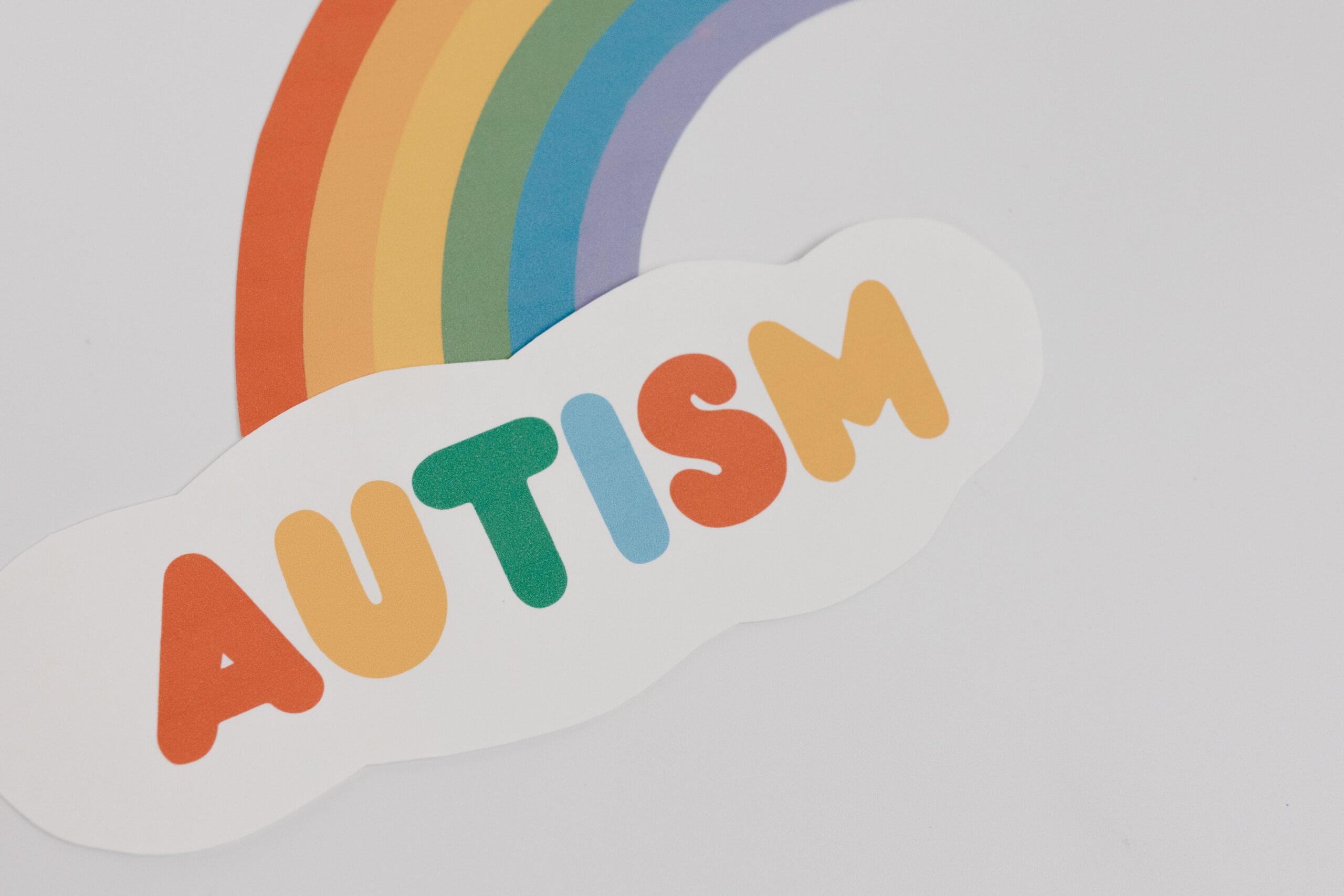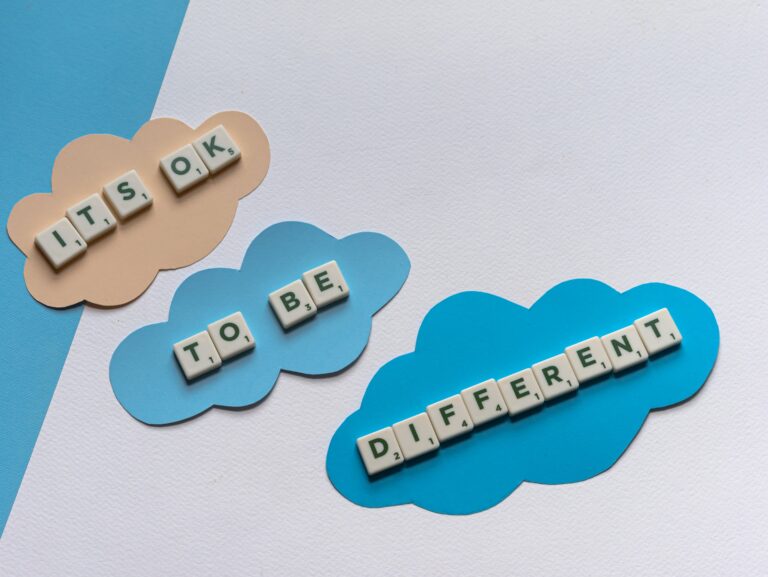Unraveling the Complexity of Autism Spectrum Disorder (ASD)
Autism Spectrum Disorder, often simply referred to as autism, is a neurodevelopmental condition that manifests in a wide spectrum of characteristics, challenges, and strengths. It’s a lifelong condition that affects how individuals communicate, interact, perceive the world, and engage in social situations. Let’s delve into the multifaceted world of autism to understand its intricacies.
Understanding Autism Spectrum Disorder
Diversity Within the Spectrum
Autism is aptly termed a “spectrum disorder” because it encompasses a broad range of symptoms, skills, and levels of disability. Individuals with autism display unique combinations of traits, making each person’s experience distinct. From nonverbal individuals with significant support needs to high-functioning individuals who may excel in specific areas while facing challenges in others, the spectrum is vast and diverse.
Core Characteristics
The core characteristics of ASD typically manifest in early childhood and may include challenges in social communication and interaction, repetitive behaviors, restricted interests, sensory sensitivities, and difficulties with verbal and nonverbal communication.
Myths and Realities
Myth: Individuals with Autism Lack Empathy
Reality: Contrary to this misconception, individuals with autism often feel empathy deeply, but they may express it in ways that differ from neurotypical individuals. Understanding and interpreting emotions might be challenging, but empathy is present.
Myth: Autism Is Caused by Bad Parenting
Reality: This outdated belief has been debunked. Autism is a complex condition with a strong genetic component and likely involves a combination of genetic and environmental factors.
Myth: All Autistic Individuals Have Extraordinary Savant Skills
Reality: While some individuals with autism possess exceptional skills in specific areas (savant skills), these abilities are not universal among those on the spectrum. Each person’s strengths and challenges are unique.
The Challenges Faced by Individuals with Autism
Social Interaction and Communication
Difficulties in understanding social cues, nonverbal communication, maintaining eye contact, and engaging in reciprocal conversations are common challenges faced by individuals with autism.
Sensory Sensitivities
Heightened sensitivities to sensory stimuli, such as noise, light, touch, or certain textures, can be overwhelming and distressing for individuals with autism.
Repetitive Behaviors and Restricted Interests
Engaging in repetitive movements (like hand flapping or rocking) and displaying intense interests in specific topics or objects are typical traits of autism.
Challenges in Daily Living
Everyday tasks, from self-care routines to adapting to changes in schedules or environments, can present significant challenges for individuals with autism.
The Strengths of Autism
Unique Perspectives and Creativity
Many individuals with autism possess a unique way of thinking, often exhibiting creative and original perspectives on various subjects.
Attention to Detail and Focus
The ability to focus intensely on specific tasks or topics, along with a keen eye for detail, are strengths often observed in individuals with autism.
Dedication and Loyalty
Once they develop a connection or interest, individuals with autism tend to display remarkable dedication and loyalty.
Support and Interventions
Early Intervention
Early diagnosis and intervention, including behavioral therapies, speech and language therapy, occupational therapy, and educational support, play a crucial role in enhancing the lives of individuals with autism.
Assistive Technologies
Technological advancements have led to the development of various tools and apps that aid communication, organization, and sensory regulation for individuals with autism.
Supportive Environments
Creating inclusive and supportive environments, both at home and in educational or community settings, is essential for fostering the well-being and success of individuals with autism.
Celebrating Neurodiversity
Autism represents a unique form of neurodiversity, contributing valuable perspectives and talents to society. Embracing neurodiversity involves recognizing and respecting differences in cognitive functioning and creating inclusive spaces that accommodate diverse needs.
Conclusion
Autism Spectrum Disorder is a complex and multifaceted condition that goes beyond a mere diagnosis. Understanding and supporting individuals with autism requires embracing their unique strengths, challenges, and perspectives. By promoting acceptance, providing necessary support, and fostering inclusive environments, we can celebrate neurodiversity and create a more compassionate and inclusive society where everyone, regardless of their neurological differences, can thrive and contribute meaningfully.







